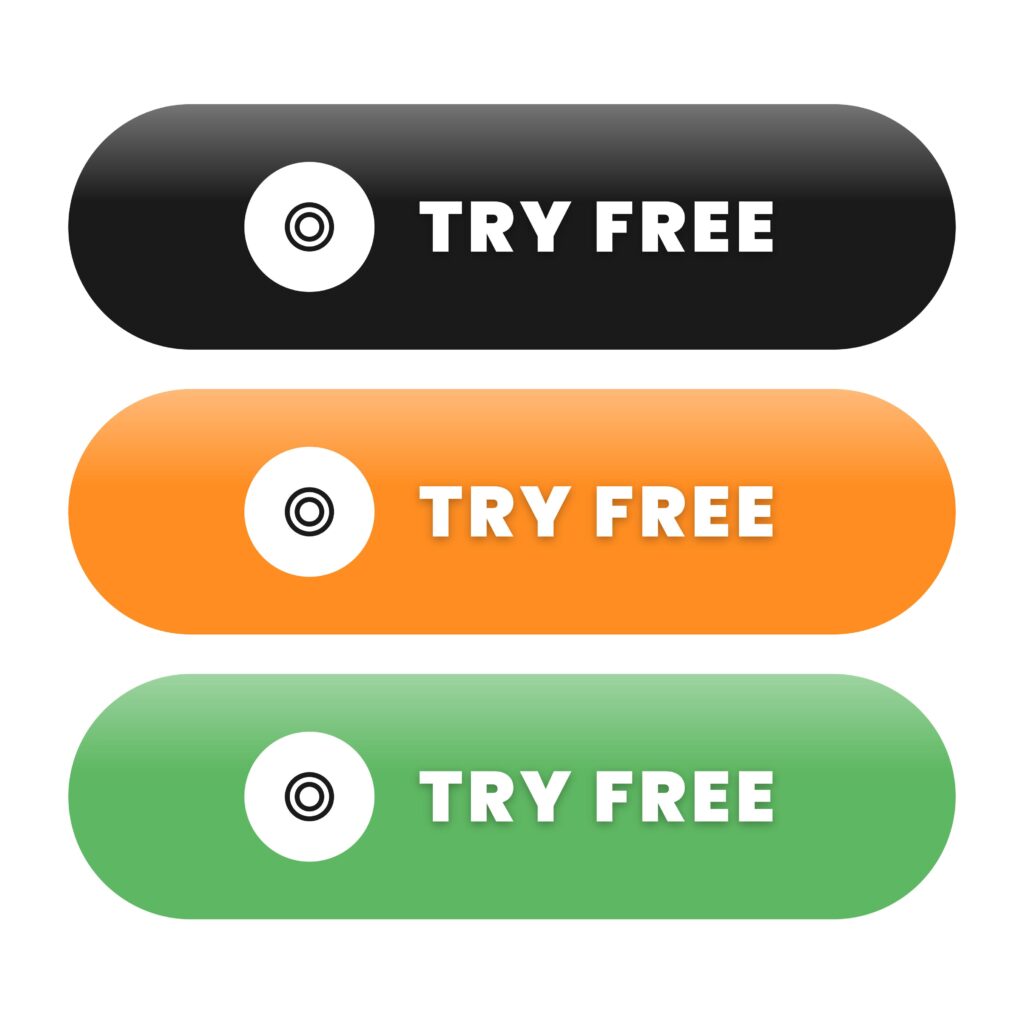If you have ever clicked a button that said “Try for Free” instead of “Submit,” you’ve experienced UX writing in action. It is the art and strategy of using words to guide users through a digital experience by helping them understand, trust, and engage with your website.

UX writing for websites focuses on every small piece of text that helps a user make a decision. These are not headlines or blog posts but the little bits of microcopy that live on buttons, forms, tooltips, and navigation menus. Done well, they reduce friction and lead visitors exactly where you want them to go.
For small businesses and SaaS companies alike, UX writing can be the quiet difference between a visitor bouncing away and one who converts.
The Power of Microcopy
Microcopy sounds small, but its impact is anything but. A few words can calm a user’s hesitation, answer a question before it’s asked, or reinforce trust at a critical moment.
Think about these experiences:
- A checkout page that reassures you, “You can cancel anytime.”
- A password field that says, “Minimum 8 characters, no worries, we’ll keep it safe.”
- An error message that feels human rather than robotic.
Those words are tiny, but they guide emotions and behavior. In fact, research shows that small UX copy changes can dramatically improve conversion rates and completion rates. According to Nielsen Norman Group, clear, empathetic microcopy creates measurable improvements in user satisfaction and trust.
UX Writing for Websites and Conversion Strategy
Here’s where it gets interesting: UX writing is not just about tone; it’s about behavior design. The best UX writing for websites works hand-in-hand with design, psychology, and data. It nudges users through the customer journey with subtle cues that align with their intent.
For example, a button labeled “Create My Account” feels more personal and engaging than “Submit.” A progress bar that says “Step 1 of 3: Tell Us About You” gives a sense of momentum. These cues reduce uncertainty, which is often the biggest conversion killer on any website.
When the copy reflects the user’s mindset, trust builds naturally. And when trust builds, conversions follow.
Common UX Writing Mistakes That Hurt Conversions
Not every microcopy decision helps. Some actually get in the way.
Here are a few mistakes that can break trust and reduce conversion rates:
- Overly technical language: Users should not need a dictionary to complete a form.
- Vague buttons: “Continue” or “Click Here” does not tell users what will happen next.
- Generic error messages: “Something went wrong” is frustrating; clarity like “Invalid email format” is more helpful.
- Too much cleverness: Witty copy works when it adds warmth, not when it confuses the user.

The best UX writing for websites is clear, human, and transparent. It does not try to be poetic; it tries to be helpful.
How to Approach UX Writing for Better Results
Great UX writing starts long before words hit the screen. It begins with understanding user behavior, tone, and journey. Here’s how to build a UX writing mindset that improves conversions:
- Start with empathy. Understand what users are trying to accomplish and where they get stuck. Write from their perspective.
- Keep it conversational. UX writing should sound like a human talking to another human.
- Write for clarity, not cleverness. Every word should reduce confusion and increase confidence.
- Test and iterate. A/B test button text, form instructions, and alerts. Tiny tweaks can make big differences.
- Collaborate with designers. Copy and design should feel integrated, not separate. The words should work with visuals, not against them.
These habits turn UX writing into a measurable growth tool rather than an afterthought.
UX Writing Builds Trust Through Transparency
Transparency is a major reason why users stay on your website—or leave it. Microcopy that answers questions before users have to ask them creates a frictionless experience.
For example, if you’re asking for personal data, explain why. Instead of a cold “Enter your email,” try “We’ll send your order confirmation here.” That small shift removes doubt and increases follow-through.
This kind of thoughtful microcopy is especially important for UX writing for websites in industries like finance, healthcare, and SaaS, where trust directly impacts conversions.
Internal Links: Deepen the Learning
If you’re exploring how to improve the performance of your website, check out our article on How to Build a Smart Keyword Strategy That Drives Traffic to strengthen your content foundation.
Or, if your focus is design and usability, you’ll find our guide on Using Core UX Patterns to Improve Retention on SaaS Websites especially relevant.
Both articles connect the dots between design, content, and performance—the same principles that make UX writing so powerful.
Measuring the Impact of Microcopy
It’s easy to think of copywriting as subjective, but UX writing is highly measurable. Test changes to form labels, CTA buttons, or tooltip text, and you will see how even subtle shifts impact user flow.
A strong UX writing for websites approach often leads to:
- Higher form completion rates
- Lower bounce rates
- Increased user satisfaction
- Fewer customer support requests
Microcopy is one of the most cost-effective ways to improve a site’s usability and conversion performance without a complete redesign.
Why These Tiny Words Matter More Than You Think
UX writing may be small in size, but it has a big voice. When every button, label, and message is crafted with clarity and empathy, users feel guided, understood, and safe taking action.
Whether you’re optimizing a checkout page or designing a SaaS dashboard, investing in UX writing for websites can be the simplest way to improve conversions and strengthen your brand’s credibility.
If you’re ready to take your user experience further, start by reviewing your microcopy. The next big improvement might only be a few words away.





